Supplement for milk production
Best Supplements to Increase Milk Supply
Get the Exclusive Pumping Playbook! Shop Now
Home » Increasing Milk Supply » Best Supplements to Increase Milk Supply
Created On:  | Updated: | By Amanda | 13 Comments
There are tons of supplements to increase milk supply. Fenugreek, nursing teas, tinctures – what are the best ones, and do they actually work? Below is an overview of the best lactation supplements for milk supply.
This post may contain affiliate links, which means if you click a link and take action, I may make a small commission at no additional cost to you. I only recommend products I love! More information here.
What to Try BEFORE Taking a Breastfeeding Supplement
There is some amount of risk to trying any breastfeeding supplement. For example, though many people (including me) have seen an increase in supply when taking fenugreek, others have actually seen a decrease.
Therefore, before trying a lactation supplement to increase the amount of milk you pump, I would first try ways of increasing supply that have little or no risk. These include:
- If you’re exclusively pumping, make sure that you’re sticking to your pumping schedule as much as you can, and that you’re pumping at least 120 minutes per day. More on pumping schedules here.
- Do breast compressions while you pump.
- If you’re noticing your supply dropping and you’ve been pumping for a few months or more, try replacing your breast pump parts. They can wear out and get microscopic tears, and this can affect the suction.
- If possible, try power pumping once a day for a week.
Do Breastfeeding Supplements Work?
Most supplements DO work – for some people.
Unfortunately, milk supply is not straightforward, and the only way to know if something will work is to try it. Some women see a small boost when they eat oatmeal for breakfast; others don’t. Many people swear by nursing teas, but they do nothing for others.
Many people swear by nursing teas, but they do nothing for others.
Different things work for different people, so you may just need to try a few things to see what works for you. My suggestion is to limit the amount of money that you spend on any one thing until you’ve seen good results with it yourself.
Breastfeeding Supplements to Increase Milk Supply
Here are some of the best breastfeeding supplements.
Oatmeal
There haven’t been any formal studies as to how effective oatmeal is as boosting milk supply; however, enough women have noticed a difference in milk supply after eating it that it’s widely recommended as a supply booster. Personally, I noticed an increase of 1-2oz per day on the days that I ate oatmeal for breakfast.
Oatmeal has a lot of advantages as a galactagogue – there isn’t any risk to trying it, it’s very affordable, and it doubles as breakfast.
I’ve had the best results with just having a bowl of oatmeal for breakfast.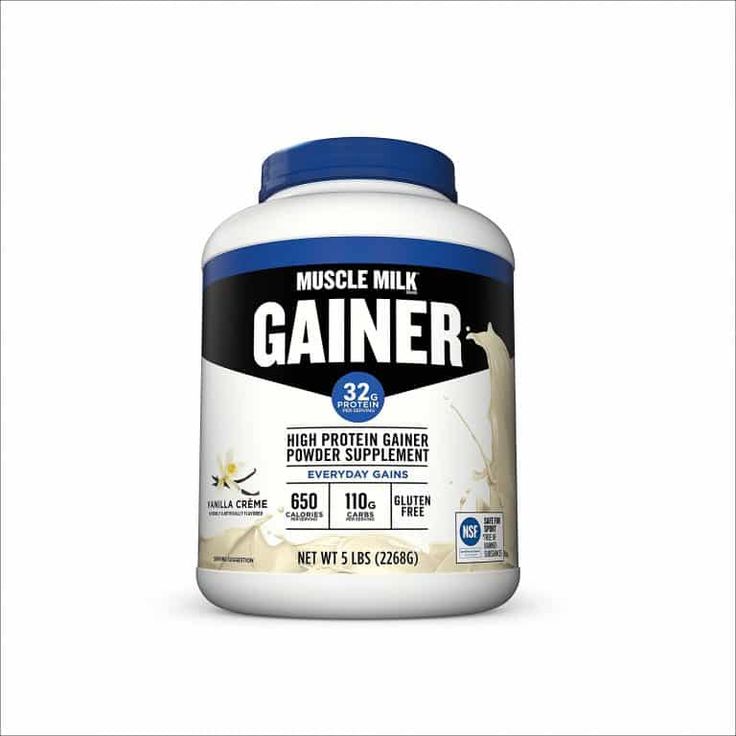 However, if you dislike oatmeal, you can also make lactation cookies or brownies that include it as a galactagogue ingredient. Also, there are a lot of overnight oats recipes that are really good.
However, if you dislike oatmeal, you can also make lactation cookies or brownies that include it as a galactagogue ingredient. Also, there are a lot of overnight oats recipes that are really good.
Here is an unscientific poll I did on Instagram regarding oatmeal’s effectiveness:
Legendairy Milk
Legendairy Milk makes several lactation supplements, such as Pump Princess, Liquid Gold, and Milkapalooza.
Legendairy Milk supplements do not contain fenugreek and instead contain galactagogues such as goat’s rue, fennel, moringa, and black cumin.
Here’s an unscientific poll regarding Legendairy Milk:
(Legendairy Milk reached out to me and gave me a 15% off discount code for any of their supplements – use EPUMP for 15% off!)
Fenugreek Capsules
Fenugreek capsules are easy to take, there’s a simple way to tell if it’s working, and it’s very effective for a lot of people. When I took it, fenugreek (along with sticking to a strict pumping schedule) helped me get my supply up from 24 oz per day to 35 oz per day.
The dosage that you should start at is two capsules three times per day, and if you don’t smell like maple syrup after a few days, you can increase it to three capsules three times per day. (Smelling like maple syrup is the trick to knowing that it’s working.)
If fenugreek works for you, you should see an increase within a few days of noticing the maple syrup smell.
However, before you take it, you should know that some people actually experience the opposite effect – that is, fenugreek decreased their supply.
Here’s an unscientific poll regarding fenugreek:
More information on fenugreek, milk supply, and the risks is available here.
Mother’s Milk Tea
Mother’s Milk Tea is probably the most ubiquitous and easy to find nursing tea – you might be able to find it in your grocery store.
This tea contains fennel (560 mg), anise (350 mg), coriander (210 mg), fenugreek (35 mg), and blessed thistle (35 mg). It should be noted that these dosages – fenugreek and blessed thistle in particular – are far lower than if you were to take these herbs in capsule form; the tea has less than 10% of what’s in one capsule.
The manufacturer recommends drinking 3-5 cups of tea per day. To make the tea, you steep it in 8 oz of hot water for 10 minutes, and then drink it. It tastes like licorice, and you can sweeten it with sugar or honey or whatever you’d prefer.
Here’s an unscientific poll regarding Mother’s Milk Tea:
(If you don’t like the taste, I made a recipe called “Lactorade” that mixes this tea with lemon lime Gatorade that might work for you.)
Blessed Thistle
Blessed thistle is a plant that is thought to increase milk supply when ingested; these capsules contain the stem, leaf and flower.
Blessed thistle’s effectiveness hasn’t been studied much on its own. Instead, in all of the studies, the subjects have taken both blessed thistle and fenugreek.
In the studies, the women who did see an increase in milk supply noticed it within a few days (it ranged between 2-48 hours).
These lactation supplement capsules are 390mg, and the recommended dosage is three capsules three times per day.
Here’s an unscientific poll regarding blessed thistle:
Let There Be Milk Best Lactation Liquid
If you don’t like tea, Let There Be Milk! might be a good alternative. It’s a concentrated blend of galactogue herbs, specifically blessed thistle, red raspberry leaf, fenugreek, goats rue, and marshmallow root.
You take it by either adding it to another liquid (they recommend 1-2 oz of the other liquid, and you can mix it with anything from tea, Gatorade, Coke – you’ll want to experiment to see what works best for you as far as taste), or just taking a few drops by itself. I tried it on its own and thought it tasted disgusting, but it was tolerable when mixed with 2 oz of Diet Coke.
The recommended dosage is 1 ml, 4 times per day.
Mommy Knows Best Fenugreek Free Lactation Supplement
Mommy Knows Best makes a great lactation supplement without fenugreek for those who are sensitive to fenugreek or who would prefer not to take it.
It contains a mixture of blessed thistle, milk thistle, goat’s rue, and marshmallow root.
One great thing about this supplement is that you only have to take one capsule per day (where with some others, you can be taking two or three several times per day).
Majka Lactation Protein Powder and Protein Bites
If you like to use protein powder, Majka lactation protein powder (also available on Amazon) is a great option.
I made the blueberry oatmeal smoothie recipe on their website, and it was really good! The protein powder contains ginger root, fenugreek, and turmeric for milk supply and lactation support.
The lactation bites are meant to be a snack (they are very dense and surprisingly filling) and are made with oats, flax seed, fenugreek, and turmeric for increasing milk supply.
Did I miss any of the best milk supply supplements you’ve used? What has your experience with these been?
References
- Bonyata, Kelly, IBCLC. “Fenugreek Seed for Increasing Milk Supply.” https://kellymom.com/bf/can-i-breastfeed/herbs/fenugreek/
- Newman, Jack, MD.
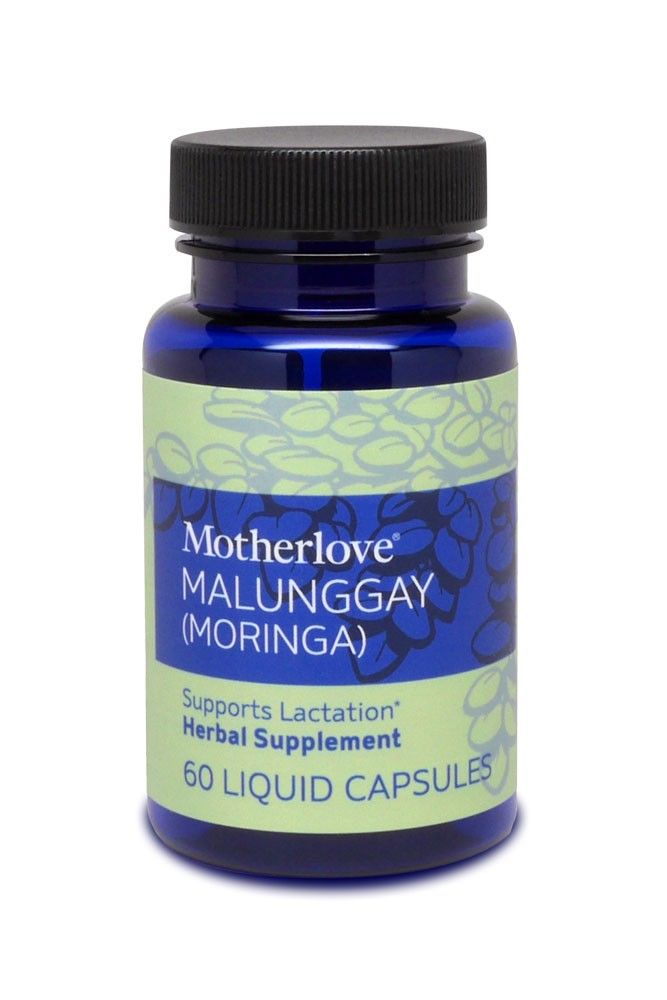 “Herbs for Increasing Milk Supply” https://www.canadianbreastfeedingfoundation.org/induced/herbs.shtml
“Herbs for Increasing Milk Supply” https://www.canadianbreastfeedingfoundation.org/induced/herbs.shtml - Sim, Tin Fie. “The Use, Perceived Effectiveness and Safety of Herbal Galactagogues During Breastfeeding: A Qualitative Study” https://www.ncbi.nlm.nih.gov/pmc/articles/PMC4586661/
posted in: Increasing Milk Supply
Featured on:
As am Amazon associate I earn from qualifying purchases.
7 Best (and Worst) Natural Supplements for Breastfeeding Moms
By Mandy Major on September 17, 2019
Pumping up your supply? Or trying to dry it out? There are natural herbs and supplements that can do both. This postpartum doula wants to make sure you’re using the right ones.
Will it boost my milk supply? Will it hurt my milk supply? Is it safe to take while breastfeeding or pumping?
These are the postpartum questions that rule your every move when breastfeeding. And given that so many babies are born every year, year over year, you’d think we’d have all the answers by now. Turns out, far from it.
Turns out, far from it.
Prescribed and over-the-counter medications require medical oversight, and your doctor will be able to inform you risks and benefits of taking an Rx, based on labeling guidelines from the Food and Drug Administration (FDA).
But when it comes to teas, tinctures, supplements, and herbs, that’s another story. Your OB-GYN will, frankly, probably have no idea. And it’s not their fault.
“The problem with supplements is that because they are not regulated by the FDA, there is not a lot of incentive to study them or fund studies,” says Los Angeles–based OB-GYN physician assistant Kristy Goodman, of The OBGYN PA. As a result, “most of these things in practice are pretty anecdotal. Results are so variable, it’s hard to tell if it’s helpful or not.”
When a patient asks her about a particular herb or supplement, Goodman tends to defer to trial and error if there is no known or obvious harm. Her motto: If it works, great. If you experience negative symptoms, stop.
“From my experience in women’s health, there are a lot of providers who, if they don’t know the answer to something, their default — especially with pregnancy and postpartum — is a ‘no.’ I hate that approach because prohibiting people from trying things can also be harmful. Everyone is so risk averse in obstetrics. We don’t want to get sued or blamed. There is so much anxiety with the unknown when it comes to new moms.”
Therein lies the rub. For all of our collective medical wisdom, much of it doesn’t apply to the fourth trimester. We’re left with an amorphous blob of “see what happens,” which can be frustrating and scary because postpartum is when we are incredibly vulnerable, overwhelmed, and in need of guidance. In sum: Uggggggh.
Here’s the good news, though. There are a few things we know kinda, maybe, possibly for sure, and I’m going to walk you through each one right now.
Make way for moringa
“I’ll be honest, I’m leaning away from recommending fenugreek these days because I’ve discovered moringa,” says Gina Boling, IBCLC, clinical director for the Breastfeeding Center for Greater Washington.
“It’s been used in lactation around the world for many, many years, but in the last 5 years it’s started getting more attention in North America,” she notes. “Anecdotally, I’ve seen it do amazing things for some of my clients. It’s my favorite supplement.”
The Moringa Oleifera plant has been studied in animals, and it’s touted for its robust nutrient content and its antioxidant and anti-inflammatory effects, according to a 2017 review. Though more studies on humans are needed, one small study on breastfeeding mothers found no adverse side effects.
You can find moringa in tea, in capsule form, or in powder form, which Boling says can easily be added to a morning smoothie. It’s also referred to by its Filipino name, malunggay.
Let’s hear it for lecithin
Whether soy- or sunflower-based, lecithin supplements can be used to help milk flow, and it is “considered safe through pregnancy and postpartum,” Goodman says.
Just like its role in food products, lecithin acts as an emulsifier, preventing milk from coagulating in the duct. Boling typically recommends it for clients who have chronic plugged ducts or mastitis.
Boling typically recommends it for clients who have chronic plugged ducts or mastitis.
Sayonara, sage
Of all the debatable ingredients, there’s one everyone agrees on: sage. “This is the only herb I know that reduces milk,” says Ilana Stanger-Ross, a registered midwife in British Columbia and the author of A is for Advice. “Sometimes if we have someone who doesn’t want to breastfeed, or is giving a child up for adoption, we recommend sage tea along with other things.”
Mother of three Katie M. can attest to its potency: “I made the mistake of using sage tea when I had an oversupply — one small cup — and almost lost my supply. I learned that my body reacts faster, and to a greater extent, than others. While some moms need entire bottles of sage tea daily to make their supply go away, I needed only one cup! Knowing your body is critical and trying things for yourself is important as well. What works for one does not work for all.”
Skip CBD and essential oils to be on the safe side
These are two completely separate things, but CBD and essential oils are both super trendy — and controversial.
There is promising research about the positive effects of CBD oil, yet it’s unclear what impact ingestion would have on pregnancy or during lactation. Cannabidiol, the active substance in CBD, has not been specifically studied, yet according to the NIH, it has been detected in breast milk.
Essential oils are equally complicated. They’ve been used for ages, are derived from botanicals, and many people swear by them.
On the flip side, they are extremely concentrated versions of those natural ingredients, have known adverse effects, and are of particular concern for topical and diffused applications in pregnancy and postpartum (until children reach age 6 for some oils).
“When anything becomes trendy, I become wary,” Stanger-Ross says. “There is no cure-all. It makes sense to be cautious, especially when we’re dealing with a newborn baby.”
Pass on peppermint
When I was newly pregnant, my OB-GYN mentioned I should avoid peppermint tea, in addition to all of my other beloveds: blue cheese, sushi, unpasteurized green juice.
Overwhelmed and overjoyed, I never asked why; I simply took her word as fact. But now I know! Menthol is to blame. Why? Who knows. Literally. The studies are all inconclusive. (Though one report from 2014 does note that peppermint has the potential to dry up milk supply.)
Anecdotally speaking, Boling says if you’re struggling with supply, or trying to establish your supply, it’s best to avoid peppermint. That said, a cup or two shouldn’t spook you. Tea is generally a much gentler way to road-test something versus capsules, which can contain up to 10 times the dose of tea.
Fenugreek is a mixed bag
“Fenugreek gave me terrible stomach pains!” says Emily F., mother of one. No wonder. It’s probably the most widely known and widely used galactagogue (substance used to increase milk supply), yet “it has more side effects than any other option,” says Boling.
“If you have a sensitive stomach, it can cause diarrhea, gas, or GI issues,” she notes. “It may lower thyroid hormones, and the same with blood sugar. If you have any blood sugar issues or diabetes, you want to avoid it.”
If you have any blood sugar issues or diabetes, you want to avoid it.”
The data (there actually is some!) backs that up. According to one small study of 85 breastfeeding women who used fenugreek, 45 percent reported an adverse reaction. (That’s huge.)
It is also worth noting that fenugreek is part of the legume family. While it’s unknown if it causes any cross-reactions, those allergic to peanuts, chickpeas, and legumes should proceed with extra caution.
Goat’s rue to the rescue?
Goat’s rue is a plant native to the Middle East, and it is purported to not only help with lactation but digestion, the adrenal glands, and the liver. You’ll find it as its own supplement or mixed into milk-boosting blends with other galactagogues.
Unfortunately, most of the studies done on goat’s rue have been small, not randomized, or poorly controlled — generally of very bad quality. So, while research doesn’t clearly support using goat’s rue, it may be worth a try.
The National Institutes of Health reports, “In general, goat’s rue is well tolerated, but it might cause hypoglycemia, so caution should be used in women taking antidiabetic drugs. ”
”
Whatever you are going through, know this: “Herbs are secondary to milk removal,” Boling says.
“You have to have effective removal of milk to make supply. If a mom is struggling with supply, they should see an IBCLC [International Board Certified Lactation Consultant] for help,” she suggests. Perhaps you need a supplement of some kind, but it could also be a mechanics issue (think: positioning and latch).
You may balk at this advice, wondering, but what about my doctor?
Physician assistant Goodman actually agrees with reaching out to a lactation specialist: “A lot of providers, myself included, are not trained a lot on [postpartum topics]. So unless you pursue [postpartum] in particular…well, I would never say I have the level of knowledge a lactation consultant does. Recognize that [your OB-GYN] doesn’t have the same training as someone who trains and sees hundreds and hundreds of lactating women does.”
\Mandy Major is a mama, journalist, certified postpartum doula PCD(DONA), and the founder of Motherbaby Network, an online community for postpartum support.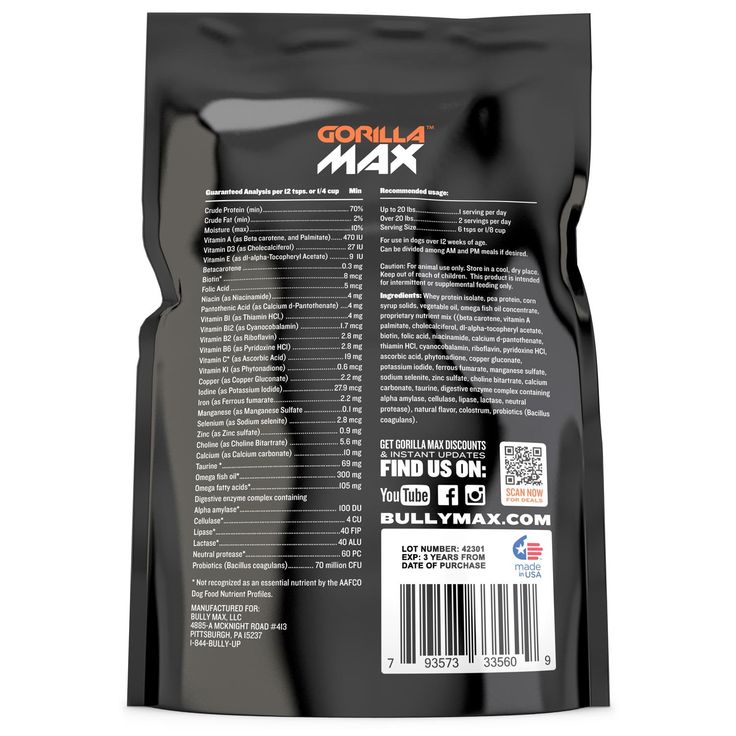 Follow her at @motherbabynetwork.com.
Follow her at @motherbabynetwork.com.
Food additives, ingredients for the dairy industry, cheese production
Stabilizing and emulsifying systems from Hydrosol
We develop stabilizing systems for the production of various products based on milk, meeting the highest requirements.
To brochures
Stern Ingredients Flavoring Systems
Add flavor and aroma to products natural cheese of many popular varieties
To brochures
DAIRY: WE SET TRENDS
Current market trends play a leading role in the development of stabilizing systems for the dairy industry.
 Our many years of experience and competence are the key to a successful result
Our many years of experience and competence are the key to a successful result Milk is a multicomponent balanced system consisting of proteins, fats, carbohydrates and salts. When using nutritional supplements, it is important to maintain this balance. Continuously developing technologies allow manufacturers to obtain memorable taste and organoleptic properties of products. Long-term experience allows us to create highly efficient functional systems. Carefully selected hydrocolloids provide optimal texture, prevent syneresis and maintain emulsions. Hydrosol is constantly developing new stabilizing systems, taking into account the highest requirements for quality, economy and production efficiency.
Milk and dairy products
Hydrosol's stabilizing systems make it possible to produce puddings and desserts with different textures, from light and airy to creamy, with a pleasant texture, tender and melting in the mouth. Systems designed for dairy beverages provide a uniform, stable suspension.
Systems designed for dairy beverages provide a uniform, stable suspension.
Dairy products
Hydrosol's stabilizing systems, following the technological process, create products with the required properties: creamy and persistent consistency, creaminess, richness and delicate taste - all this is guaranteed.
Cream and vegetable oil cream
For cream production, Hydrosol offers intelligent stabilizing systems that are quite easy to use. For the production of an economical and highly functional alternative to milk cream, functional systems based on vegetable fats are offered.
Portioned ice cream and desserts on the UHT line
Stabilizing systems specially designed for the production of HoReCa products give the final product the right consistency
RECOMBINED CHEESE PRODUCTS
Cheese is an indispensable component of pizza, it gives a special taste to ready-made pasta dishes and snacks.
 Our stabilizing systems help you implement new ideas effectively
Our stabilizing systems help you implement new ideas effectively Cheese, like no other product, is striking in its diversity. However, from an economic and technological point of view, a traditional cheese such as Edam or Cheddar is not always the best choice. Cheese products or recombined alternatives often have advantages both in production and in processing and use. With our functional systems from the Stabisol series, dairies, deli, snack and processed cheese producers can easily and cost-effectively produce various alternatives to hard cheeses, pickled cheeses, Filata and Ricotta cheeses and spreadable cheeses. Recombined products are suitable for baking, fillings for snacks and sausages, cheese sauces, cheese spreads, as well as for salads and sweet dishes. They meet all the requirements for high-quality cheese products.
Cheese products and processed cheese products
Hydrosol stabilizing systems, used in the production of cheese products, as well as a processed product with cheese provide the desired consistency (from pasty to dense and hard), good melting and baking properties.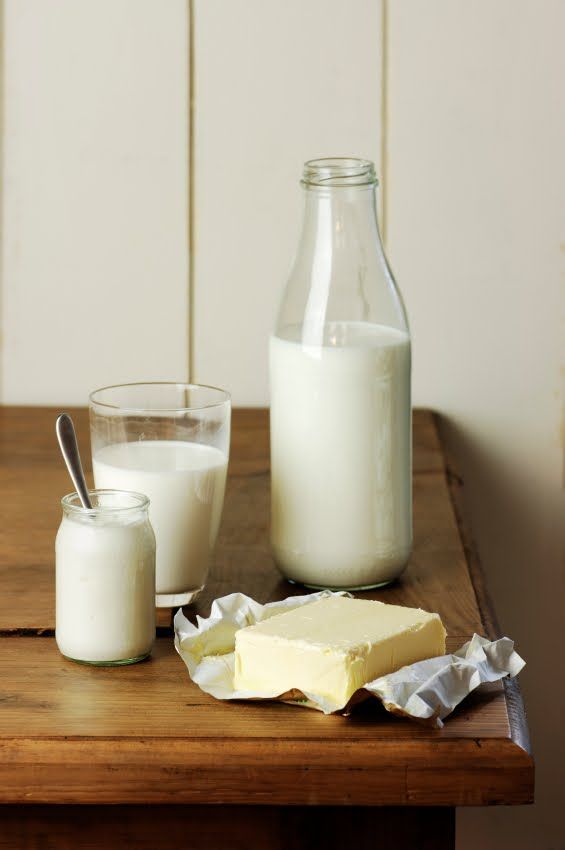
FLAVORS SYSTEMS FROM STERN INGREDIENTS
The company KT "LLC Stern Ingredients" has developed a large selection of flavor mixtures for cheese products. These flavoring systems give products the taste and aroma of natural cheese of many popular varieties, expand the range based on the same type of recipes.
SternVitamin - vitamin and mineral premixes
SternVitamin GmbH & Co. KG offers full range of development and production services vitamin and mineral premixes, including dairy products.
To learn more
Meat and sausage products
Mayonnaises, sauces
Plant-based alternatives and vegan
Fish products
Flour
Confectionery and bakery products
Drinks
HoReCa
Order form
We attach great importance to the quality of consulting services, therefore we will be happy to answer your request, send a sample, consult on any issue.
By email
- I would like to receive information about new products and services from Stern Ingredients by email
Privacy policy
- I consent to the processing of personal data in accordance with the privacy policy
SHARE
- Vkontakte
- Telegram
Your name*
Contact phone number*
Link to a personal page in social networks or profile community (if desired)
Work experience*
(please indicate in reverse chronological order, starting from the last (current) position jobs)
Education*
Which area of the food industry are you interested in*
Place of residence*
In which region are you interested in the vacancy*
Your CV
I consent to the processing of personal data in accordance with the privacy policy
Your name*
Your email*
Accompanying text
Your CV*
I consent to the processing of personal data in accordance with the privacy policy
Dairy Ingredients and Additives
The organoleptic properties of milk, combined with its health benefits, make dairy additives a desirable ingredient in a wide variety of foods.

Formulators for dairy food ingredients are not limited to developing products using "live" products. For example, "made with added cheddar cheese" or "made with natural milk." Often in such additives, milk is used to achieve certain taste properties. It is not uncommon for dairy additives to be used in recipes where milk is not the main ingredient, but without such an ingredient it will be impossible to get the desired taste. The taste range of such components can be very wide: they can leave a very different taste, oily, cheesy, creamy, make light milky notes - viscosity, moldy taste, sharpness.
Variety of flavors
Dairy supplements can be liquid, powder, paste or mushy, sometimes referred to as "flavors" on the label. Sometimes the recipe calls for the addition of dry dairy products: for example, dried yogurt would then be referred to as “yogurt powder”.
Concentrated liquid and dry additives are the least likely to taste like the products from which they are derived. They are prepared by treating them with chemicals (either natural or synthetic): in the United States, there is a list of such substances recognized as safe by the Food Additives and Extracts Manufacturers Association (FEMA). Supplements made from mixtures obtained by processing natural dairy products are recognized as natural.
They are prepared by treating them with chemicals (either natural or synthetic): in the United States, there is a list of such substances recognized as safe by the Food Additives and Extracts Manufacturers Association (FEMA). Supplements made from mixtures obtained by processing natural dairy products are recognized as natural.
“We offer a natural Monterey Jack cheese flavored supplement that is a kosher milk powder,” says Laura Henriquez, vice president of research and development at Edlong Dairy Flavors, based in Elk Grove Village, Illinois. “It tastes exactly like Monterrey Jack cheese thanks to the use of real cheese. Kosher Feta Flavored Supplement contains natural feta cheese component. Both additives allow formulators to reduce the cost of dairy products, as specialty cheeses are expensive and difficult to process without altering the original flavor.”
According to Ms. Henriquez, Edlong's natural baked mozzarella flavor can be used in a no-bake product. The added benefit of all additives, she says, is that they can be labeled as dairy on the ingredients list, which serves as an additional sign of product purity.
Edlong recently introduced a natural liquid yogurt-like supplement with sweet, creamy and milky flavors. It can be used to neutralize the bitter taste and reduce the cost of Greek yogurt when used as a base for liquid dairy products, salad dressings, sauces and smoothie-type drinks. The use of food additives depends on several factors, including the processing method, interaction with other ingredients, and the desired taste. Depending on the application, a combination of several dairy supplements is often the best solution. “There is no single solution here,” says Karen Grenus, Food Specialist at Edlong. “Additives can be used and combined with each other according to the characteristics of each food.”
Milk-based additives are used at a concentration that produces a stronger flavor than traditional dairy products, resulting in less product required and lower formulation costs. “Concentrated milk additives in a recipe range from 0.1 to 1%,” says Ms. Grenus, “while for traditional dairy products, this percentage varies from 10 to 40%.
Dairy supplements have a longer shelf life than whole milk products and, unlike whole milk products, do not require refrigeration: this allows for market change.
Rick Schultz, Associate Director of Strategic Development at Edlong, comments: “Few ingredients can taste good, provide a masking effect and create a certain, proper mouthfeel at the same time. That is why dairy additives play such an important role in improving recipes. For example, sweet-tasting dairy or butter components soften the bitterness in whole wheat flour products, and some creamy ingredients can add flavor to reduced-fat products.”
“We make a line of dairy and cheese ingredients that have authentic flavors,” says Joan Ferrara, director of research and development at Spicetec Flavors & Seasonings in Omaha, Nebraska. – These additives can be used on their own in a variety of recipes or added to a variety of spices and flavors for added versatility. Also, we always monitor the addition of such a component as soda, and offer an expanded range of products with a reduced content of it. Such ingredients are great for sauces and gravies, providing a brighter and more distinct taste, aroma and aftertaste.
Such ingredients are great for sauces and gravies, providing a brighter and more distinct taste, aroma and aftertaste.
A significant proportion of dairy-based supplements contain natural dairy components and add extra volume and calories to the product formulation. For example, fermented cheese is based on curd mass enriched with enzymes to produce a concentrated, spreadable cheese product. Fermented cheeses can have a more or less "cheesy" taste, which is 15-30 times more pronounced than the original curd cheese mass.
Innovative approaches to nutritional supplements
One of the new, modern concepts of cheese-based food ingredients is a spreadable dairy supplement with a pronounced taste, made using natural milk.
“We offer natural, organic, milk-based concentrated cheeses and spreads with 3-20 times the flavor of natural,” says Chad Mitchell, Supplement Technologist at DairiConcepts, L.P. in Springfield, Montana. “These spreads are all made with patented food cultures and enzymes found in standard cheeses and dairy products, with other natural ingredients added. Thanks to our unique storage and aging process, the products have a seasoned taste and aroma that retains the properties of natural dairy components.”
Thanks to our unique storage and aging process, the products have a seasoned taste and aroma that retains the properties of natural dairy components.”
There are more than 100 varieties of such pastas, among which are products with the taste of traditional cheeses and delicacies from the cuisine of the peoples of the world. Butter, cream and milk culture concentrates (sour cream, yoghurt) based on the corresponding natural products are produced according to the same scheme.
“Concentrated spreads are used to enhance the natural milk flavor and replace all or part of the natural cheese and dairy ingredients,” says Mr. Mitchell. “Depending on the concentration and percentage of the product being replaced, the cost of the recipe for already prepared products can be significantly reduced.”
For example, traditional English cheddar cheese pasta has 10 times the flavor and aroma of a similar natural product and can therefore be used in ready-made recipes with added cheese.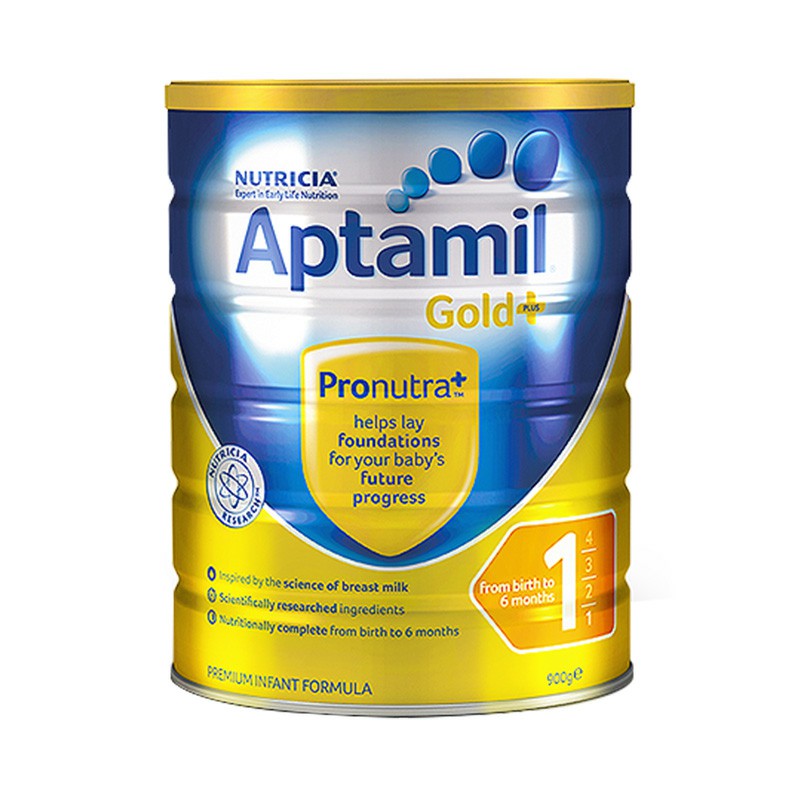 On a weight basis, it will cost more than natural cheddar, but the recipe requires less paste than the original product, and therefore costs less.
On a weight basis, it will cost more than natural cheddar, but the recipe requires less paste than the original product, and therefore costs less.
“For sterile cheese sauces, gravies and chilled salad dressings, the best concentrate is five times the flavor of the natural product,” says Mr. Mitchell. “With the right formulation, this allows for the greatest reduction in production costs. We are starting to use the same ingredient when making crackers. Pastes with 3x flavor have already been successful in reducing costs and delivering desirable flavors in cream and tomato sauces, instant soups and sour-based cheese sauces.”
Another common category of milk-based food ingredients is powders. “We specialize in high quality aged cheddar cheese powders,” says Vicki Brewer, principal scientist at Land O’Lakes Inc. in Saint Paul, Minnesota. – In our assortment there are powders with extracts of other varieties of cheese - American cheddar, dor blue, parmesan, we can also create flavors to order. Our main applications are as a coating for snacks and as dry mixes for pasta. We have just reformulated our cheese powders to reduce the trans fatty acid content and now offer customers products that are not partially hydrogenated. We were lucky to find an oil that had the same aftertaste as its hydrogenated counterpart, which was canola oil.”
Our main applications are as a coating for snacks and as dry mixes for pasta. We have just reformulated our cheese powders to reduce the trans fatty acid content and now offer customers products that are not partially hydrogenated. We were lucky to find an oil that had the same aftertaste as its hydrogenated counterpart, which was canola oil.”
Glenn Ward, another Land O'Lakes Research Lead, says the company offers classic milk powders, including those based on natural buttermilk and sweet whey. “The slight milky flavor of these powders can be used to neutralize other ingredients in a recipe. he says. “For example, buttermilk-based powder is often used in creamy soups for a more pronounced aftertaste. In addition, it contains phospholipids that help stabilize the texture of the soup extract.”
According to Mr. Ward, many flavor effects can be achieved with the use of milk foam powder: such a product is defined by international food standards (Food Commission Code). "In the United States, this type of product should be defined as 'milk extract powder' because the definitions differ between the Food Commission Code and the US Code of Federal Regulations," the expert says.












